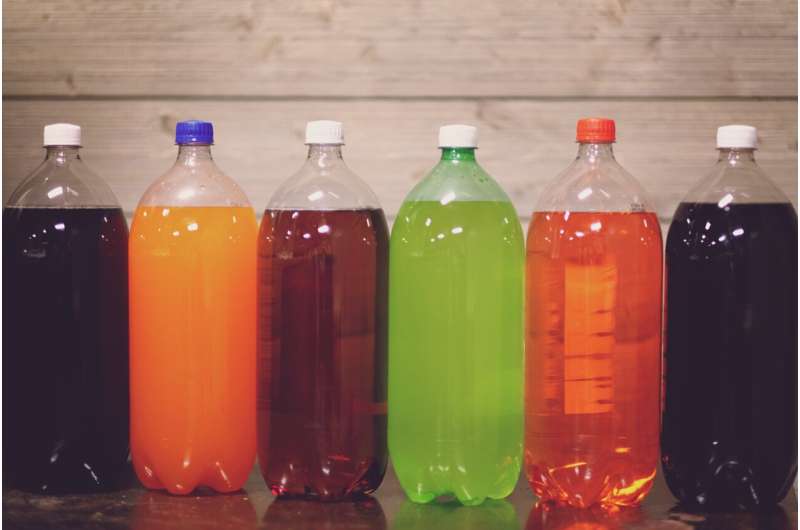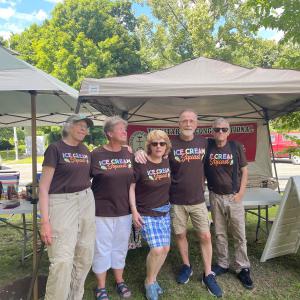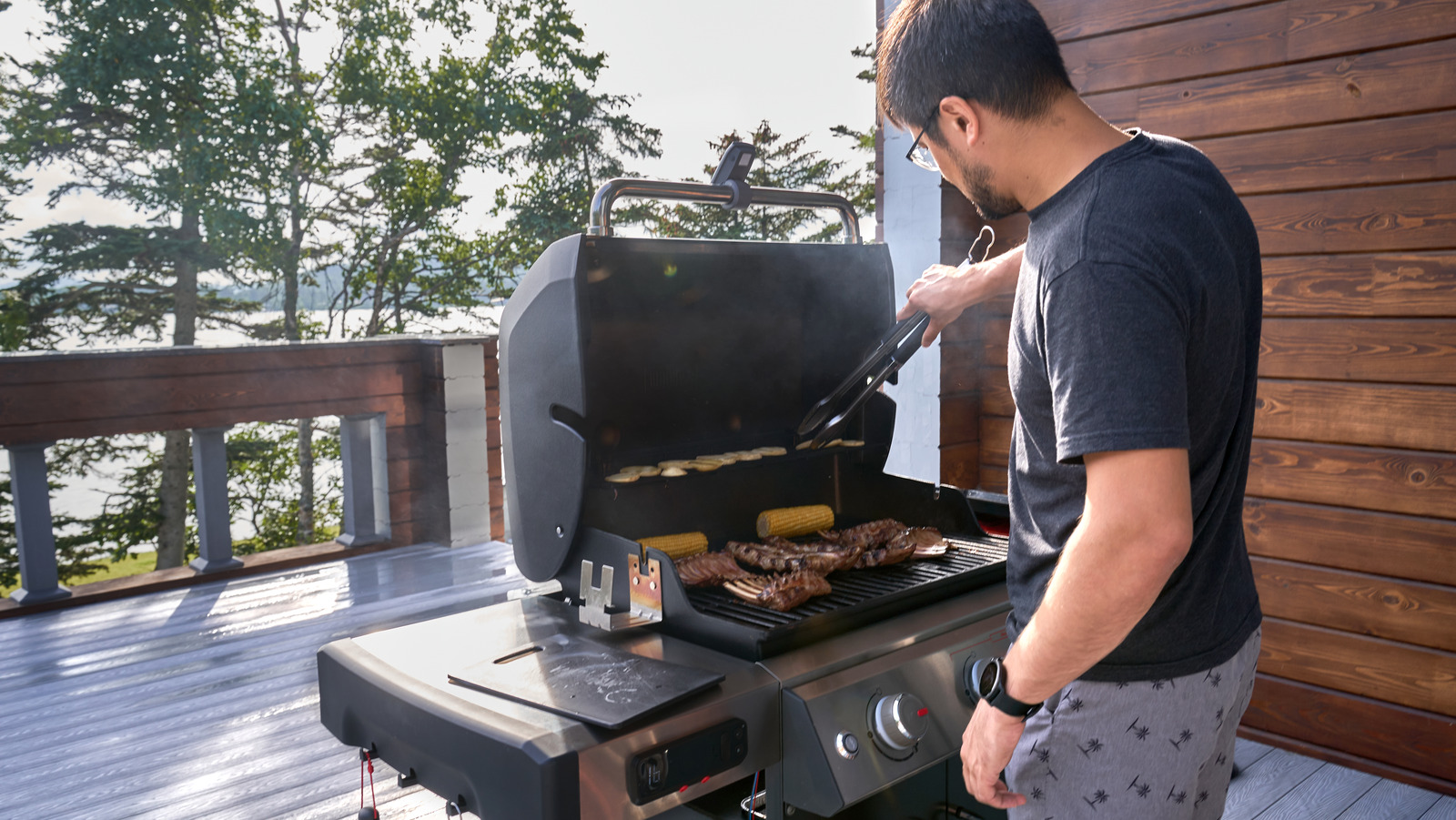The aroma of sizzling burgers and the thumping rhythm of classic rock often define the quintessential American summer cookout, yet a seemingly innocuous question can quickly turn a casual gathering into a fascinating linguistic battlefield: “Do you want a pop, a soda, or a coke?” This enduring linguistic debate over the preferred term for carbonated soft drinks is a quintessential slice of American culture, revealing deep-seated regional dialects and sparking countless good-natured arguments that highlight the subtle yet significant variations within our shared language.
Tracing the origins of these ubiquitous terms uncovers a rich historical tapestry interwoven with early beverage industry marketing and local colloquialisms. The term “soda” primarily emerged from “soda water,” referencing the sodium bicarbonate used in carbonation, gaining widespread adoption in the Northeastern United States. Conversely, “pop” is largely believed to have originated from the sound made when a bottle of the fizzy drink was opened, becoming dominant in the Midwest and parts of the Pacific Northwest. Meanwhile, the unparalleled market dominance of Coca-Cola in the South led “coke” to become a genericized trademark, used to refer to any soft drink, regardless of brand, a linguistic quirk that often bewilders outsiders.
These distinct linguistic territories have been meticulously mapped by linguists and amateur enthusiasts alike, revealing what are often referred to as “pop belts,” “soda regions,” and “coke zones.” The geographical distribution is not random; it’s a legacy of historical settlement patterns, migration routes, and the localized reach of early bottling companies. For instance, areas heavily influenced by early German immigrants in the Midwest often favored “pop,” while the pervasive presence of particular soda fountain chains in the Northeast cemented “soda” into the local vernacular. This cartography of language vividly illustrates how everyday vocabulary is shaped by complex historical and commercial forces.
Beyond mere lexical curiosity, the choice between “pop,” “soda,” and “coke” carries a surprising cultural weight. For many, the term they use is deeply intertwined with their regional identity and a sense of belonging. It’s a linguistic shibboleth, a small but potent marker of where one comes from. The playful correction or good-humored bewilderment exchanged between individuals from different regions over beverage terminology often serves as an informal initiation into the nuances of American culture, fostering connections and highlighting the endearing diversity of our linguistic landscape.
This enduring debate offers a compelling insight into the dynamic nature of informal linguistics within American English. It demonstrates how language is not static but constantly evolving, reflecting shifts in population, the impact of commercial branding, and the power of local colloquialisms to take root. The seemingly simple act of asking for a beverage becomes a window into the broader mechanisms by which new terms are adopted, propagated, and eventually define the linguistic characteristics of entire regions, showcasing the fluidity and vibrancy of our common tongue.
Ultimately, whether you reach for a “pop,” a “soda,” or a “coke” at your next summer gathering, the discussion around these terms remains a fascinating cornerstone of American communication. It is a testament to how even the most mundane aspects of our daily lives can reveal profound insights into regional differences, the history of commerce, and the ever-changing tapestry of our language, making this an enduring topic of discussion and an amusing point of cultural observation for generations to come.
Discover more from The Time News
Subscribe to get the latest posts sent to your email.






